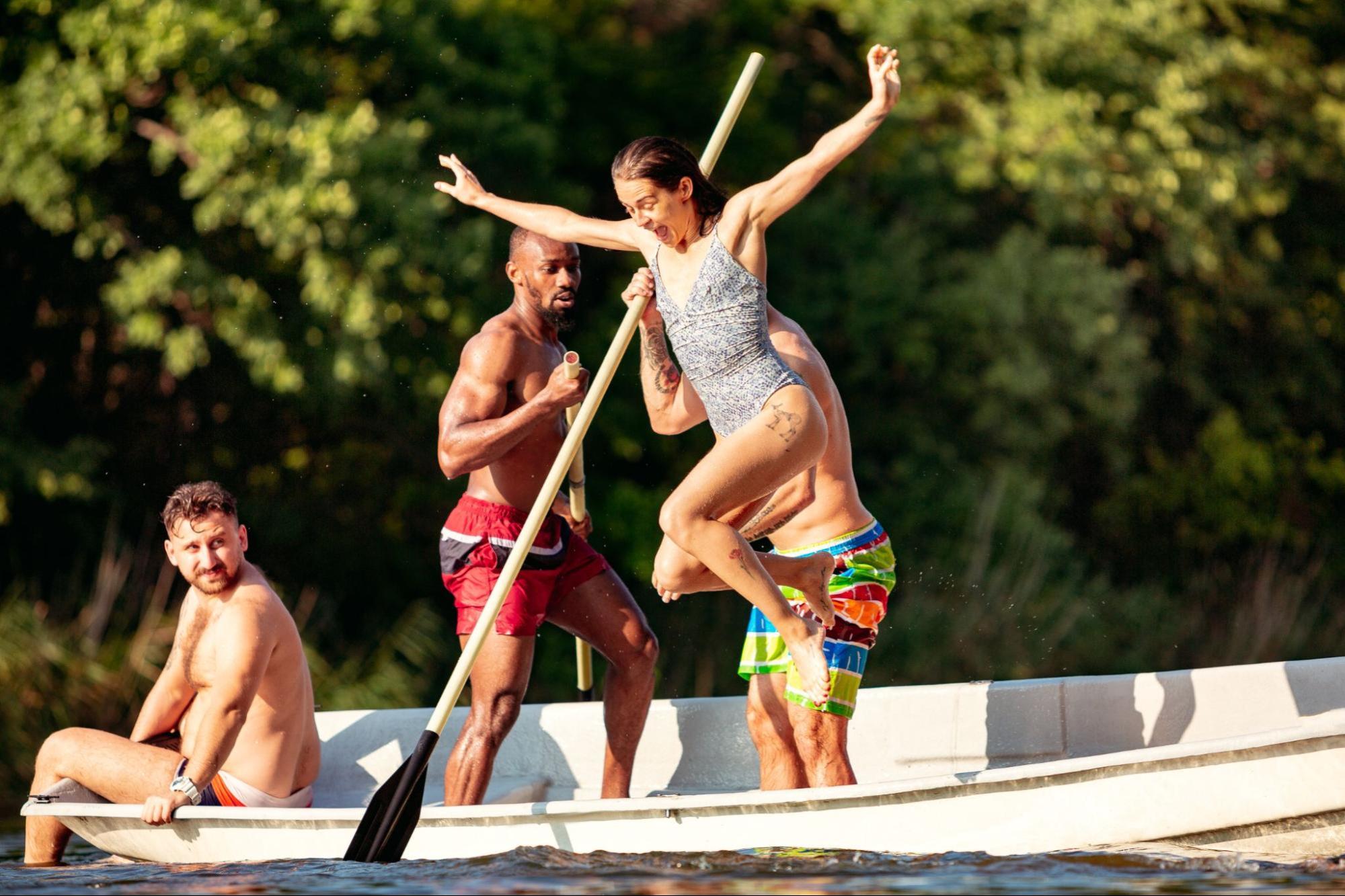Water Activities for Improving Physical Fitness

Water Activities for Improving Physical Fitness
Staying fit and healthy doesn’t have to be confined to traditional gym settings. Water activities are an excellent way to incorporate variety into your fitness routine while reaping significant health benefits. Swimming in the pool, taking a water aerobics class, or practicing paddleboarding are all low-impact but incredibly effective forms of exercise. The inherent resistance of water reduces the risk of injury while improving cardiovascular conditioning and muscle toning. This blog will introduce you to various water activities and their benefits, helping you discover new and exciting ways to stay fit.
